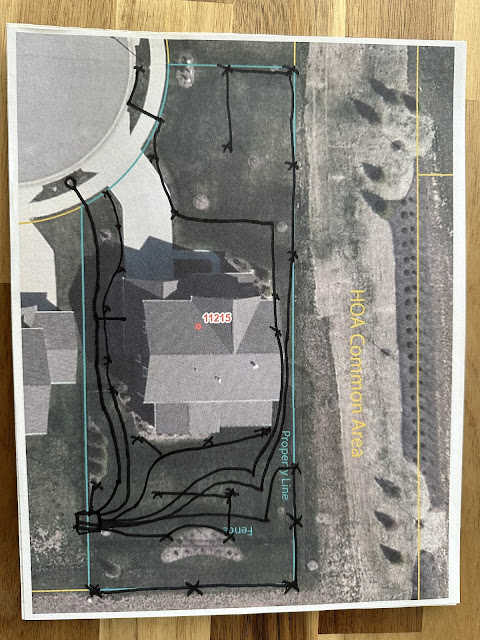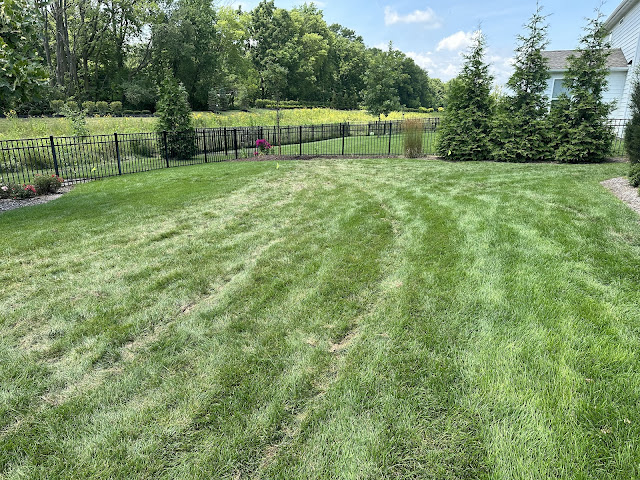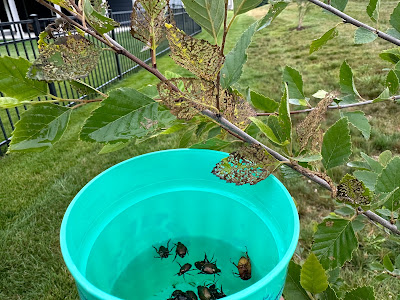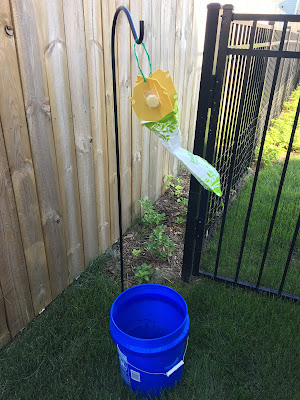Nature has a way of making decisions for us sometimes. In my case, it was a strong gust of wind that reshaped the look of my front yard. For years, I had a small linden tree standing there, providing shade and a bit of greenery. But one stormy day, the wind proved too much for it. The tree snapped in half, leaving me with a difficult choice: what to plant there instead?
It was a bit sad to see the linden go. It had been a part of my yard for a while, but once it was damaged beyond saving, there was no point in keeping a broken tree around.
With the old tree gone, I had the perfect opportunity to upgrade. After some research, I settled on planting a bald cypress. Why? Because bald cypress is an incredible tree. It’s unique, hardy, and has a striking appearance. Unlike the linden, which was relatively small and modest, the bald cypress has the potential to grow into something truly majestic.
Bald cypresses are known for their feathery, bright green needles that turn a stunning rusty orange in the fall. They can grow tall—really tall—sometimes reaching heights of 70 feet or more. The best part? My front yard now has plenty of space for it to spread out and thrive.
Rather than leaving an unsightly hole in my yard, I decided to make it look like the linden had never even been there. I carefully cut out a patch of sod, removed the stump, and then laid the sod back over the spot. It was like a magic trick—the old tree was gone, and the lawn looked untouched, as if the builders had never planted a linden there in the first place.
 |
| The small linden stump was taken out with an axe and the sod from the new bald cypress hole perfectly fit |
 |
| You can't even tell there used to be a tree there! |
In a way, that storm did me a favor. It gave me the push I needed to replace the linden with a tree that will grow into something truly spectacular. Years from now, when I look at the towering bald cypress, I’ll remember how it all started—with a gust of wind and a fresh start.













